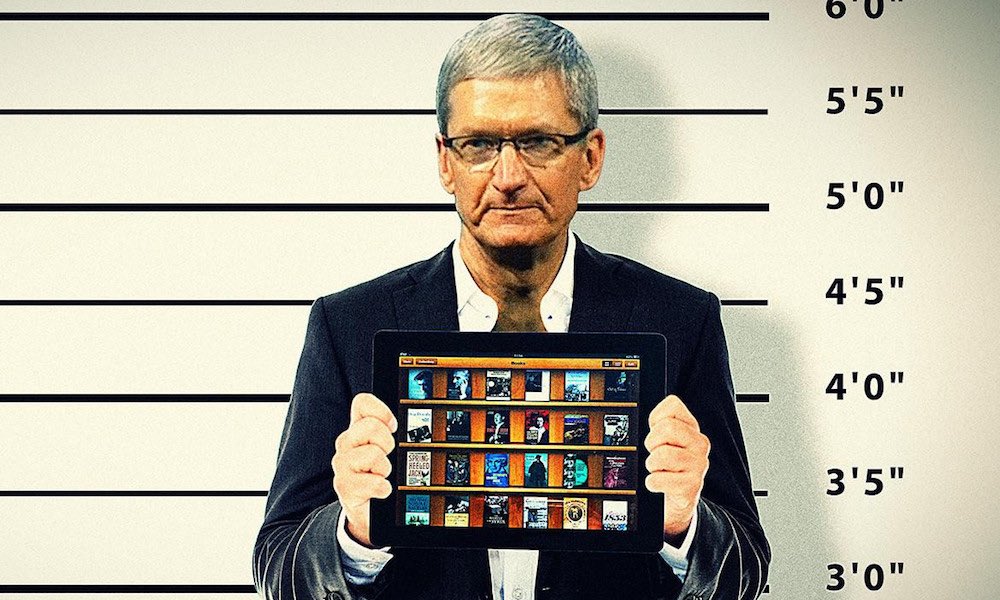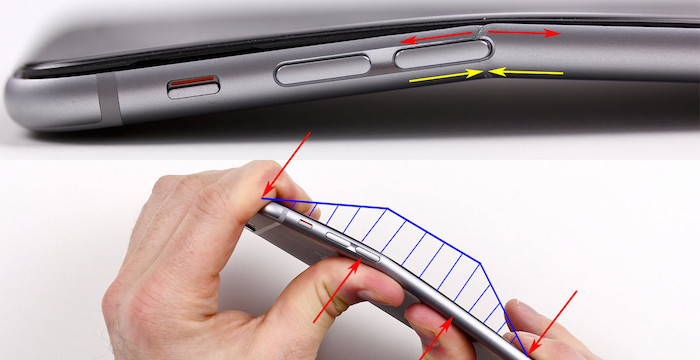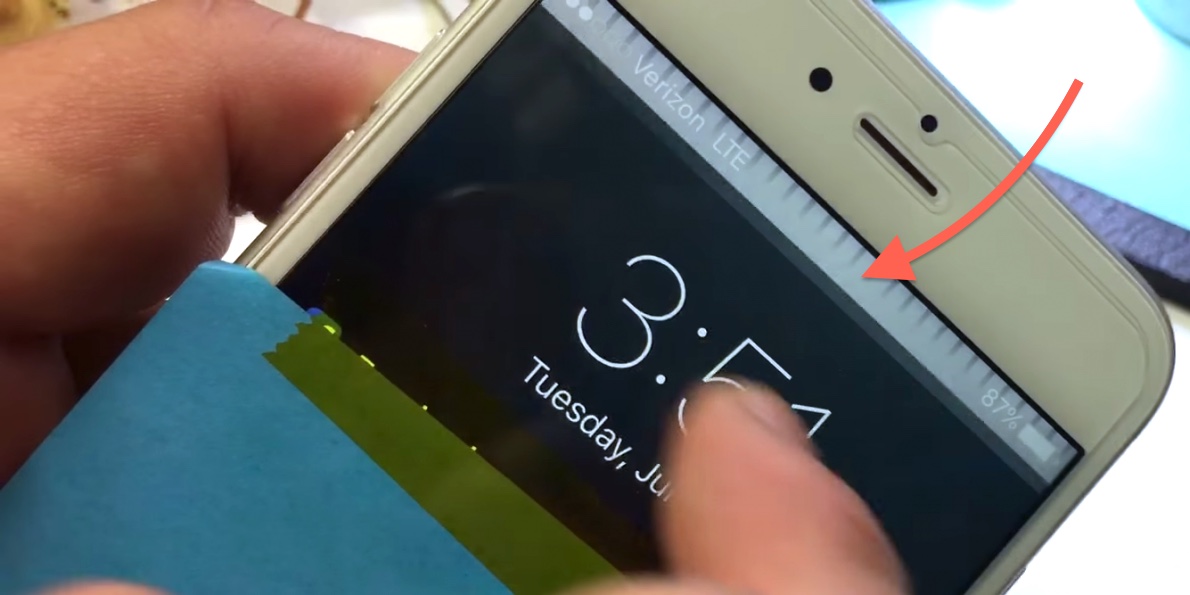5 Apple Scandals You’ll Never Forget

Image via Digital Trends
Toggle Dark Mode
Apple Inc. is one the world’s most valuable companies and brands, and is often held up as the benchmark for innovation in Silicon Valley– the hyper-competitive center of the tech world. So it’s little surprise that the iPhone maker has weathered its share of criticism and controversy, for a bunch of transgressions ranging from the mundane to the serious. Some have been resolved or forgotten, whereas others are still ongoing. Without further ado, here’s a quick breakdown of the five largest scandals Apple has endured in recent history.
5. Antennagate

Antennagate was one of the biggest iPhone scandals, partly due to the fact that it occurred during Steve Jobs’ legendary tenure as CEO of Apple.
It began with the June 2010 release of the iPhone 4, which was designed with an external antenna wrapped around its rim as a space-saving measure. The issue was that holding your finger across the gap between two antenna segments could interfere with the signal and cause the phone to lose reception, leading to many dropped calls. It was an obvious and significant engineering flaw, but Jobs made things worse for a while by advising users to hold their iPhones differently and downplaying the issue.
Antennagate inevitably resulted in a series of class action lawsuits. Apple eventually issued free iPhone 4 bumpers made of rubber that resolved the antenna interference problem. It also mailed out a bunch of $15 settlement checks in 2012, finally bringing a close to this ignominious chapter in Apple history.
4. Bendghazi

Bendghazi, or Bendgate if you prefer, erupted in 2014 with the debut of the highly anticipated iPhone 6 Plus. Owners of the iPhone 6 Plus found that their aluminum devices had a tendency to bend and warp after they sat down with them in their front pockets.
The popular YouTube channel Unbox Therapy released a video demonstrating the flaw, which quickly went viral and turned the issue into a full-blown PR crisis for Apple. The company responded by noting that instances of bent devices were “extremely rare” and promised to replace affected handsets that passed visual inspection by a Genius at the Apple Store. It also had its engineers reinforce the design of the then-forthcoming iPhone 6s.
The internet is still divided as to whether Apple was at fault, and how much blame it deserves. All phones bend at some point, after all.
3. Apple’s $14 Billion Tax Bill in Ireland

Apple was slapped with a massive $14.5 billion tax bill in Ireland last year, after a two-year investigation by the European Commission determined that the company had received “illegal state aid” from the Irish government in the form of a lower corporate tax rate.
According to Reuters, the tax arrangement between Apple and Ireland allowed the company to pay just 3.8% in taxes on $200 billion of overseas profits in the past decade. Apple CEO Tim Cook, who has adopted a hardline stance on the issue of Apple’s unpaid taxes and offshore tax hoard, derided the ruling as “just a bunch of political crap”, and vowed to fight it in court.
The Irish government has sided with Apple and is arguing that Ireland is not owed billions in tax fees. Apple filed a strenuous appeal late last year arguing that the European Commission’s findings were based on fundamental errors. A European Commission spokesperson responded to Business Insider: “The Commission will defend its decision in court.”
2. Touch Disease

Last year, a large number of iPhone 6 and iPhone 6 Plus users began reporting an issue with their devices where a flickering gray bar appeared at the top of their screens, and their entire screens sometimes became unresponsive. The issue even acquired a sinister moniker, “Touch Disease”, misleading though it may be.
Last November, Apple publicly recognized that “Touch Disease” was an issue for the iPhone 6 Plus, releasing a statement noting that “some iPhone 6 Plus devices may exhibit display flickering or multi-touch issues after being dropped multiple times on a hard surface and then incurring further stress on the device.” It offered to repair affected iPhone 6 Pluses for $149, a significant markdown from the standard $329 service charge.
It refused, however, to admit that the flickering and unresponsiveness were results of engineering flaws, and pushed the blame on users for dropping their phones one time too many. There are several class action lawsuits wending their way through courts right now that will adjudicate whether Apple is at fault for “Touch Disease”.
1. The Plight of Apple’s Chinese Factory Laborers

Before Apple’s sprawling supply chain of overseas factories became a political flashpoint during Trump’s presidential campaign, it was controversial for truly abysmal working conditions that led to the suicide of 14 Foxconn workers in 2010.
In 2011, three Foxconn workers were killed in a factory blast that further highlighted the dangerous environments that Apple suppliers had to endure. In the wake of the suicides, Apple drafted and published a set of guidelines for safe and fair working conditions. Unfortunately, the BBC determined during its 2014 follow-up investigation that those standards were “routinely breached on the factory floor.”
Undercover reporters were faced with involuntary overtime work, cramped dormitories, and stressful and exhausting workdays. The reporters also found disturbing evidence that ore mined by children under dangerous conditions in Indonesia could be entering Apple’s supply chain.
Earlier this year, NYU student Dejian Zeng undertook his own independent study of working conditions at Pegatron’s iPhone assembly plant in Shanghai, and similarly reported grueling shifts and forced overtime.
Learn More: Student Reveals What It’s Like to Manufacture iPhones in China






